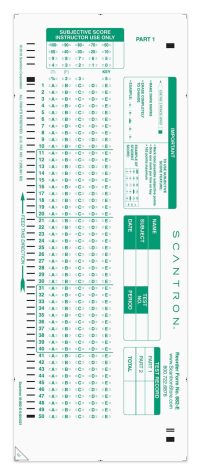Media center lunch access should not be limited
Silent and rigid are words historically synonymous with a library, and in an attempt to keep it that way, the Grady library is limiting the number of students allowed in during the lunch periods to 50.
Students seek the library during lunch for a space to study or take a mental check-out from their undoubtedly packed schedule. The 37 minutes allotted for lunch is the only break from zealous teachers and their lengthy assignments. Because the library is such a critical resource in high school, especially for upperclassmen who take harder classes and are applying to colleges, the new library limitation seems more harmful than helpful.
For many students, library usage ranges from peer collaboration on the best solutions to a math problem, studying for an upcoming exam or simply discussing teachers and class difficulty. Thus, schoolwork is rarely done independent of any conversation.
Conversely, a strictly silent library promotes an environment where collaboration is not encouraged. While the motive of the limitation, understandably, is to lessen noise in a traditionally quiet space, it does not consider the utility the library is currently to students.
The library is a place unlike the courtyard, gym, cafeteria or classroom. One of the few places within Grady free of social and academic expectations, it is a place during the lunches for students to meet, discuss, study or relax. Due to the new quota during lunch, students are deterred from coming to the library because there is a risk that they may not be able to get in, which also hinders the library from continuing on its progressive path.
Students feeling as though they will not be able to access the library are less likely to go, and the library will no longer be the resourceful safe space it had been before.
In recent years, university libraries have been known for having collaborative environments and places for people to discuss school or socialize in a safe space. Grady should follow this model and encourage creating such a place on campus. This of course would be difficult to practically initiate because most times the libraries of universities have realistic funding and, in-turn, multiple floors designated for different purposes and levels of interaction. However, there are ways Grady can foster a similar environment. This is where the role of the librarians come into play: to find a balance between the libraries of the past — antiquated quiet places — and those of the now — spaces where ideas and innovation grow — and that can not be done through restricting access to the library.
To some, the library may just be a place to quietly watch an episode of a show or take a nap. Although those are not academic in nature, the ability for them to get into the library for this purpose should not be restricted. Similar activities are beneficial for the mental health of students, an issue prominent and rising in the adolescents of today. According to Boston’s National Public Radio, the number of teens in the past decade reporting “overwhelming anxiety” has surged.
Competitiveness is prominent in Grady classes and the library was a place many students could unwind and sort through their work, providing them with a relatively stress-free atmosphere. A break in the calm environment of the library is just what is needed in the middle of the day. Students of this generation are overworked. Whether they are pressured by themselves or by the people around them, the library should always be a place to find refuge.
With this cap on student access, the library devolves back into its dusty, forgotten stereotype, no longer providing a outlet for students to work on school in a way they choose or to help the recovery of their mental health.










